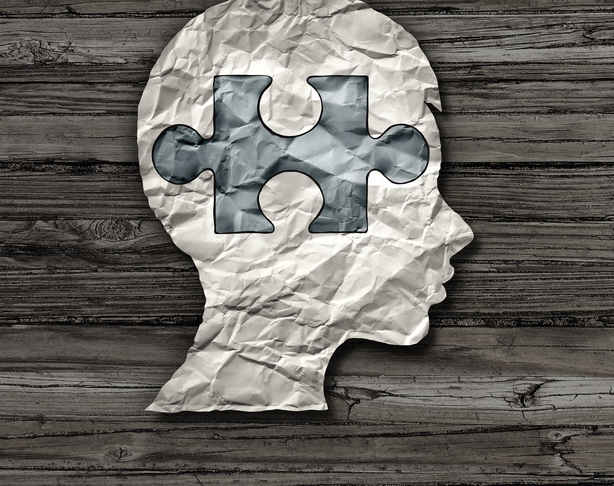
Could one gene be responsible for autism, or at least play a major role in it? New lab research from the Rockefeller University and collaborators suggests this it is a possibility. The researchers found that knocking out the gene ASTN2 leads to several hallmark behaviors of autism spectrum disorder (ASD) in lab mice.
“All of these traits have parallels in people with ASD,” says the paper’s first author, Michalina Hanze of the Laboratory of Developmental Neurobiology, the Rockefeller University. “Alongside these behaviors, we also found structural and physiological changes in the cerebellum.”
Their work appears in a new paper in PNAS.
More than 70 genes have been linked to ASD, a developmental condition in which differences in the brain lead to a host of altered behaviors, including issues with language, social communication, hyperactivity, and repetitive movements. Scientists are attempting to tease out those specific associations, gene by gene.
In this study, mice in which ASTN2 was knocked out showed distinctly different behaviors from their wild-type nestmates in four key ways: they vocalized and socialized less but were more hyperactive and repetitive in their behavior.
In 2010, Mary E. Hatten’s lab discovered that proteins produced by the ASTN2 gene help guide neurons as they migrate during the development of cerebellum and form its structure. In a 2018 study, they examined a family in which three children had both neurodevelopmental disorders and ASTN2 mutations. They found that, “In a developed brain,the proteins have a similar guiding role: they keep the chemical conversation between neurons going by ushering receptors off the neural surfaces to make room for new receptors to rotate in,” according to a press release.
This team’s finding also adds evidence that the cerebellum—the oldest cortical structure in the brain—is important not just for motor control but also for language, cognition, and social behavior.
In one study, the researchers briefly isolated baby mice, then measured how frequently they called out for their mothers using ultrasonic vocalizations. These sounds are a key part of a mouse’s social behavior and communication, and they’re one of the best proxies researchers have for assessing parallels to human language skills.
The wild-type pups were quick to call for their mothers using complex, pitch-shifting sounds, while the knockout pups gave fewer, shorter calls within a limited pitch range.
“It’s a big finding in the field of neuroscience,” says lab lead Hatten. “It also underscores this emerging story that the cerebellum has cognitive functions that are quite independent of its motor functions.
Communication issues are common in people with ASD, Hanzel says. “It’s one of the most telling characteristics, but it exists along a spectrum,” she says. “Some autistic people don’t understand metaphor, while others echo language they’ve overheard, and still others do not speak at all.”
When they analyzed the brains of the ASTN2 mice, they found a few small but apparently potent structural and physiological changes in the cerebellum.
“We’d like to see if we can find parallel differences to what we found in mice in human cells,” Hatten says.





